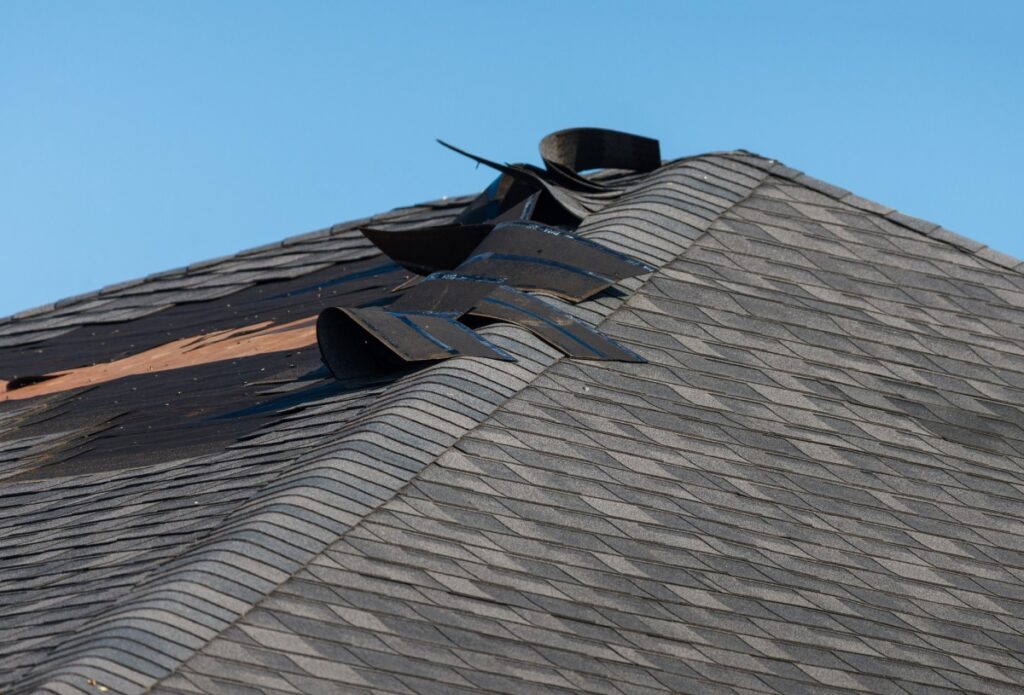Everyone knows that cold, snowy winters can wreak havoc on a roof. But building owners should be aware that summer storms – which tend to be fast and fierce –can be as serious as the worst blizzards. Thankfully, with a bit a knowledge and an ounce of prevention, building owners can keep their roof systems healthy through the summer and beyond.
Summer Weather: Thunderstorms and Serious Damage
Moisture and rapidly rising warm air are the key ingredients to the 16 million thunderstorms that occur each year. The summer brings plenty of both, especially in humid climates like the south-eastern United States. These summer storms cause roof damage with hail, rain, or wind. But wind-driven debris often causes the most damage.
Summer storms can knock trees, power lines, or poles onto roofs, puncturing them or possibly causing structural damage. High winds can exacerbate defects such as blisters, delaminations, and neglected termination points, which can cause the membrane to tear away from the building. Finally, severe summer storms can cause flash flooding. For a roof, this can mean a fast accumulation of rainwater that can burden the roof drainage system with a dangerous amount of weight.
Weathering the Summer Storm: Steps to Take Before and After
Summer storms often arrive quickly and with little warning, which puts building owners in a reactive situation. However, owners can take proactive steps to protect their roofs:
- Trim or remove trees near the building
- Keep drains, scuppers, and gutters clear so they can handle a deluge of water
However, even with these preventative measures, owners should perform a quick, but thorough, inspection after the storm; this is the best defense against serious damage. First, owners and workers should never go on the roof before a storm has completely passed. As soon as the weather subsides, building owners should inspect for the following common issues caused by summer storms:
- Debris and ponding water
- Cuts and punctures in the membrane
- Edge metal pulled up
- Damaged perimeter flashing
- Missing or damaged HVAC equipment
- Cracks or wear on exterior walls
- Damage to skylights, domes, or flashing
Though winter has the reputation as the “danger season”, building owners should understand that summer storms can also lead to serious roof damage – particularly because they can be fast and ferocious. Well-maintained roof systems can weather these storms, as long as owners keep their drainage systems clear of debris and the surrounding trees trimmed. Once the storm has passed, building managers who perform thorough inspections and take action to mitigate minor damage will prevent larger issues as the rainy season wears on.
To read the original article, click here.

